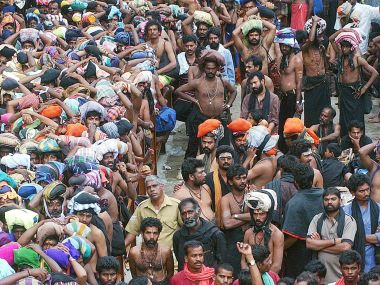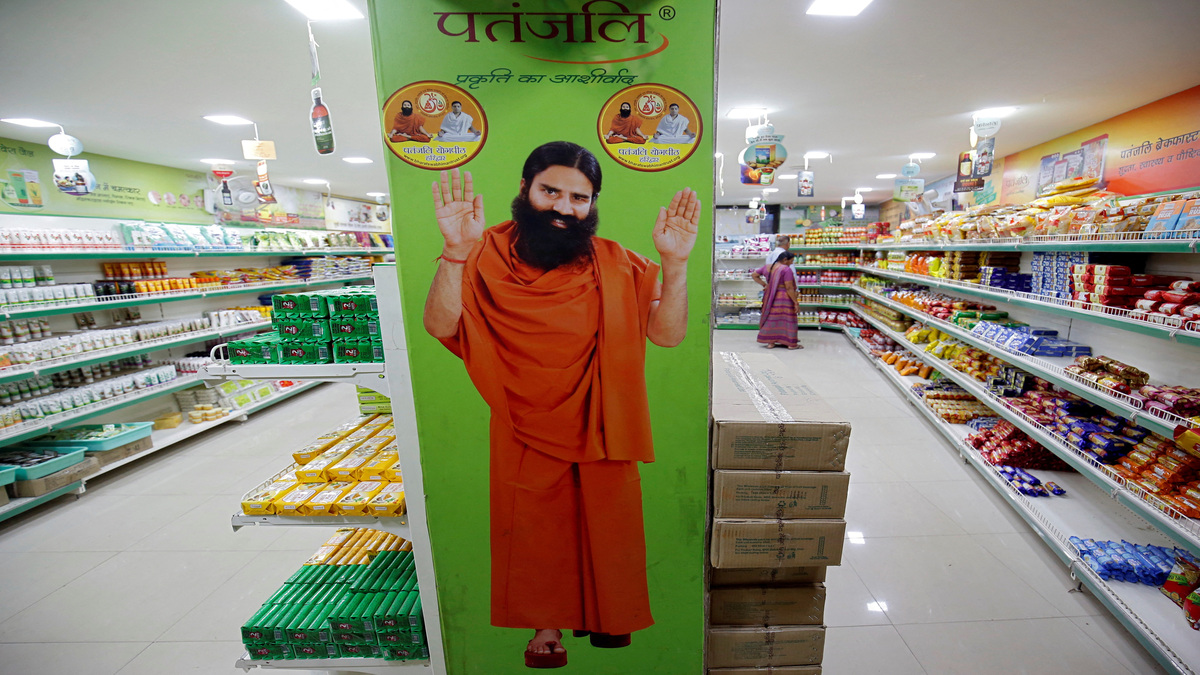Given the trend of questioning in the Supreme Court, where women activists are fighting a ban on the entry of menstruating women in Sabarimala, it is clear that the temple authorities are fighting a losing battle.
On 11 April, the Supreme Court bench headed by Justice Dipak Misra asked questions that cannot but indicate how the case is going. Among the questions asked: “What right does the temple have to forbid women from entering any part of the temple? Every argument has to meet the test of constitutionality.”
Then: “Can you deny a woman her right to climb Mount Everest? The reasons banning anything must be common for all.”
Or take these questions and observations: “Why this kind of classification for devotees to visit the temple? We are on constitutional principles. Gender discrimination in such matters is untenable. You cannot create corrosion or erosion in constitutional values.”
And, finally : “We will be guided by (a) rational dimension and that is the Constitution. I just believe in the Constitution.” The last one takes the cake. When did anything with a religious dimension have pure “rationalism” as its core? In fact, our Constitution itself hardly passes the test of rationality in the way it framed provisions on religious rights.
Our constitution has an imbalanced approach to religious issues. In fact, it ties itself in knots by professing one high principle in one place, and then allowing exceptions to this principle in other places when it involves another community.
The contrast with the US Constitution is stark. The US Constitution has just 16 words to describe its approach to religious freedom, while we have multiple articles in our tome. The first amendment to the US Constitution, which deals with religious and other freedoms, has this to say: “Congress shall make no law respecting an establishment of religion, or prohibiting the free exercise thereof…”.
This simple sentence allows religious groups to practice what they preach: this could include the right to discriminate against homosexuals, oppose abortion, or practice polygamy (Mormons) or whatever, as long as an individual claims it is part of his or her religious faith or practice.
India, on the other hand, has elements in the constitution that say contradictory things. One part will say such laws will apply only to Hindus (including Sikhs, etc), and another says some laws will not apply to others. Our constitution is egalitarian in spirit, but discriminatory in many of its provisions.
Thus, civil laws will apply to Hindus, but not minorities.
Thus, you can make laws that discriminate against beef-eating, and still claim you don’t’ discriminate against minorities who want to eat beef.
Thus, you can make laws (like the Right to Education) that are supposed to be applicable to all, but not minority-unaided institutions.
Thus, you can profess the right to religious freedom, but states can also put in laws to hinder it.
This is why the Supreme Court can claim it is following the constitution, even while defeating the spirit of it.
The real villains are Articles 25, 29 and 30. Article 25 gives the state the right to interfere in how Hindu temples are run, but articles 29 and 30 give minorities the right to run their own institutions according to their own traditions and culture. This is why Sabarimala is a losing battle, but Haji Ali may not be.
Article 25 is about “Freedom of conscience and free profession, practice and propagation of religion.”
It says: “(1) Subject to public order, morality and health and to the other provisions of this Part, all persons are equally entitled to freedom of conscience and the right freely to profess, practise and propagate religion.”
This should have given Sabarimala the space to argue that its practices are part of its religious belief, but there is an important “but” in Article 25.
It says: “(2) Nothing in this article shall affect the operation of any existing law or prevent the state from making any law (a) regulating or restricting any economic, financial, political or other secular activity which may be associated with religious practice; (b) providing for social welfare and reform or the throwing open of Hindu religious institutions of a public character to all classes and sections of Hindus.”
Article 25(2)(b) would thus allow the Supreme Court, if not the government, to claim that Sabarimala is an institution of public character and should be “open to all classes and sections of Hindus.”
Given the recent tendency of the Supreme Court to make the law rather than just interpret it, the fact that the Kerala government is on the Sabarimala temple’s side may not matter much.
On the other hand, Article 29 gives minorities the right to protect their culture and institutions. It says, inter alia, that “(1) Any section of the citizens residing in the territory of India or any part thereof having a distinct language, script or culture of its own shall have the right to conserve the same.”
If Sabarimala had not been covered under Article 25(2)(b) which gives the state the right to enforce its own idea of egalitarianism, it could have claimed protection under Article 29. Article 29 negates a part of the ideas in Article 25. Giving minorities a right not enjoyed by a majority is essentially iniquitous, but the Supreme Court may not spend much time discussing this anomaly.
Clearly, the Indian Constitution is a mish-mash of contradictory provisions. It needs to be seriously rewritten. This is not to say that Sabarimala is right to keep out menstruating women, but we can’t deny that our laws are wonky.


)




)
)
)
)
)
)
)
)